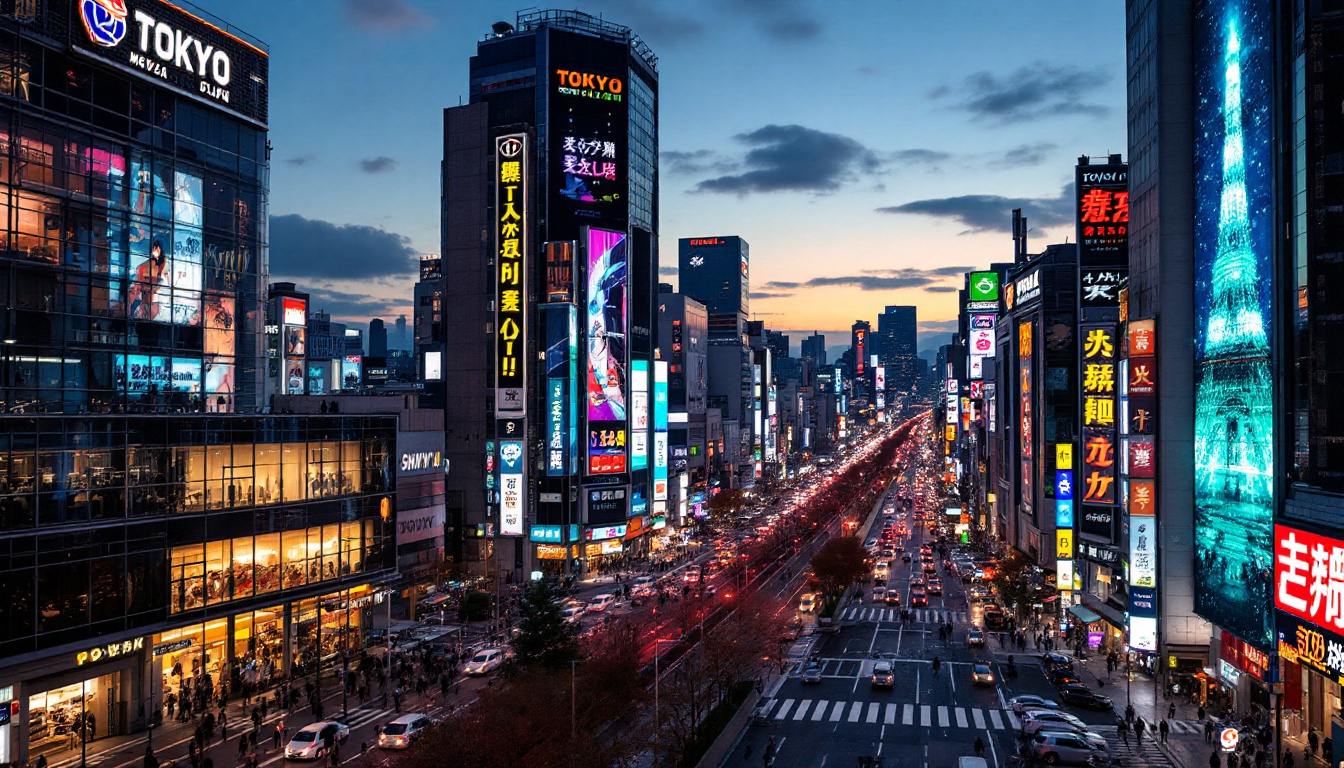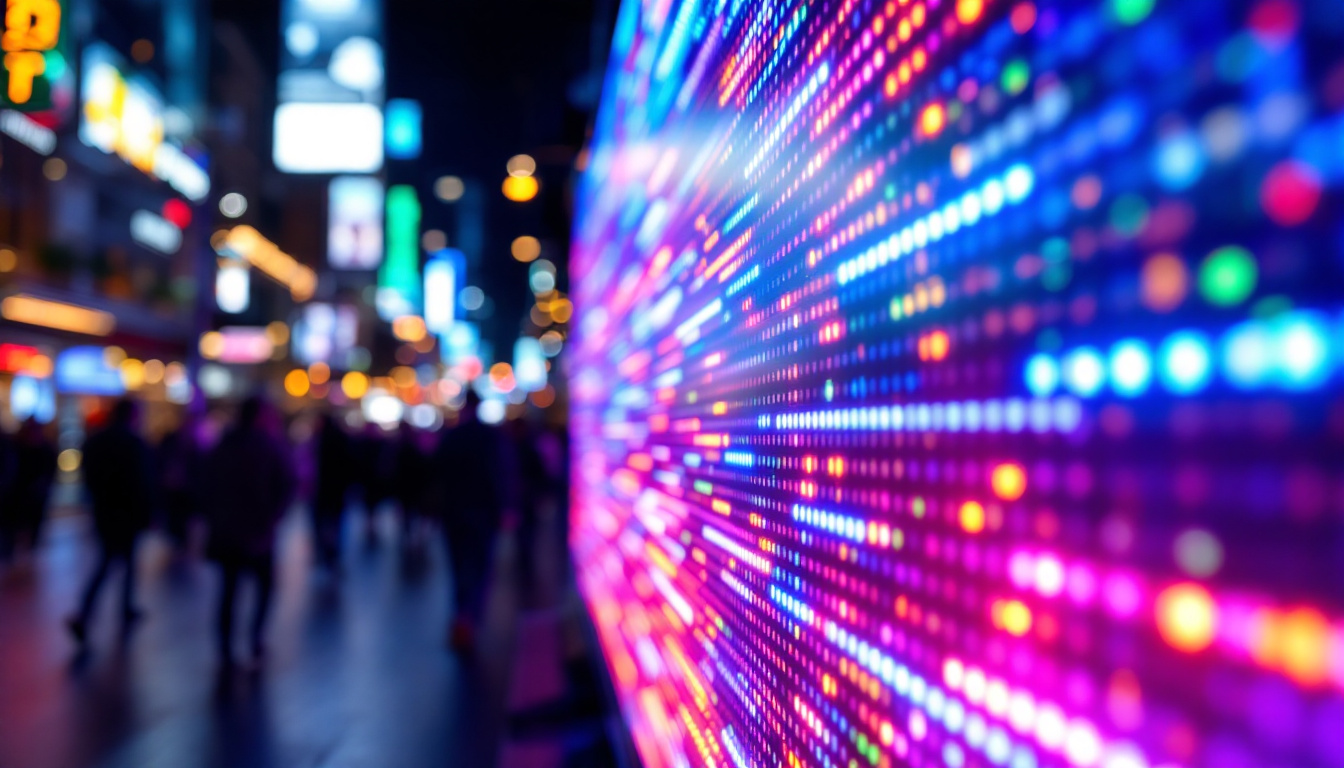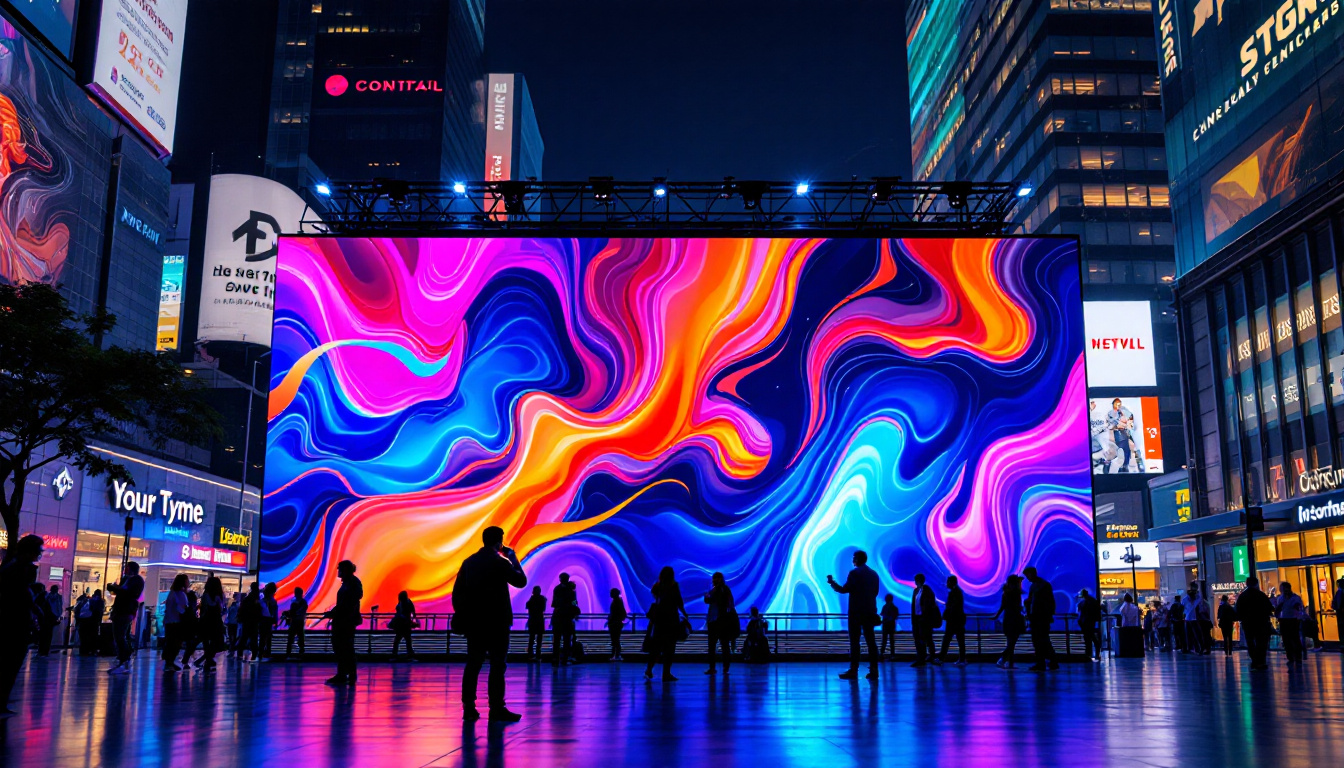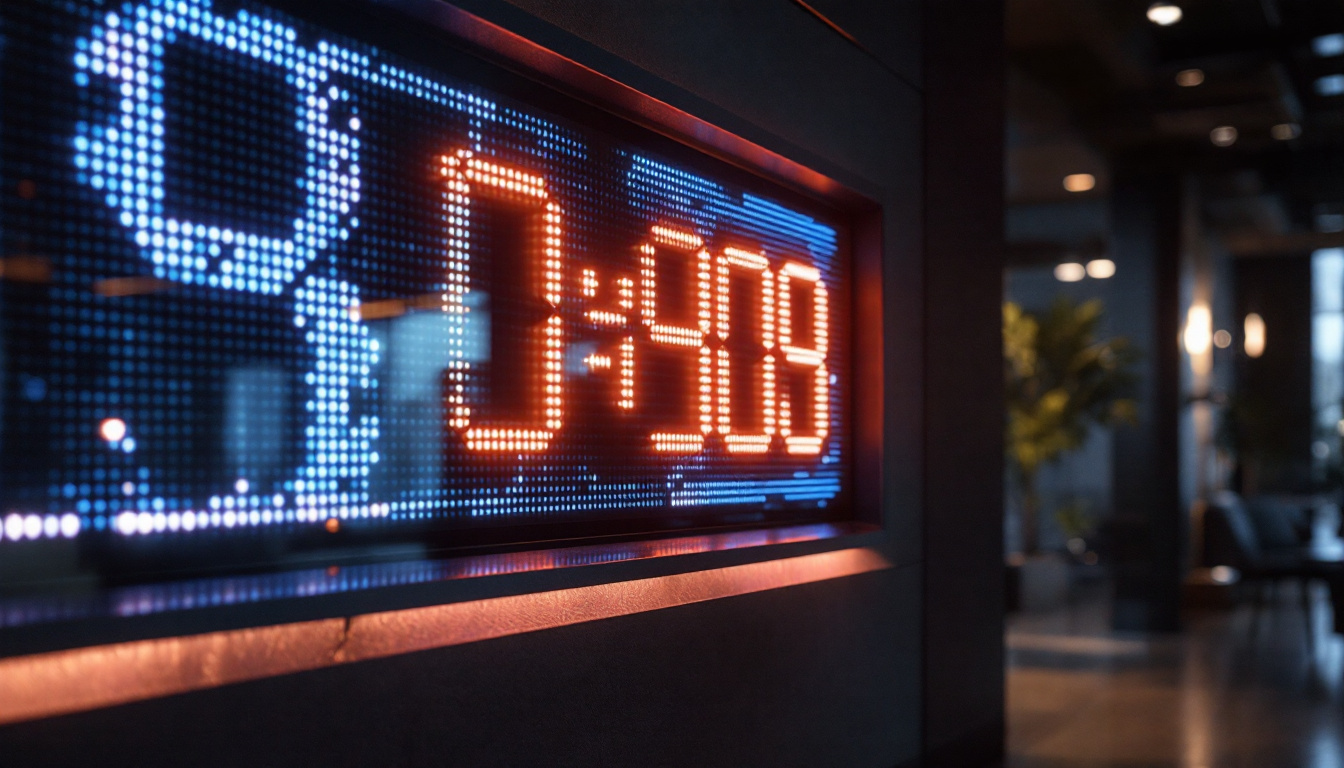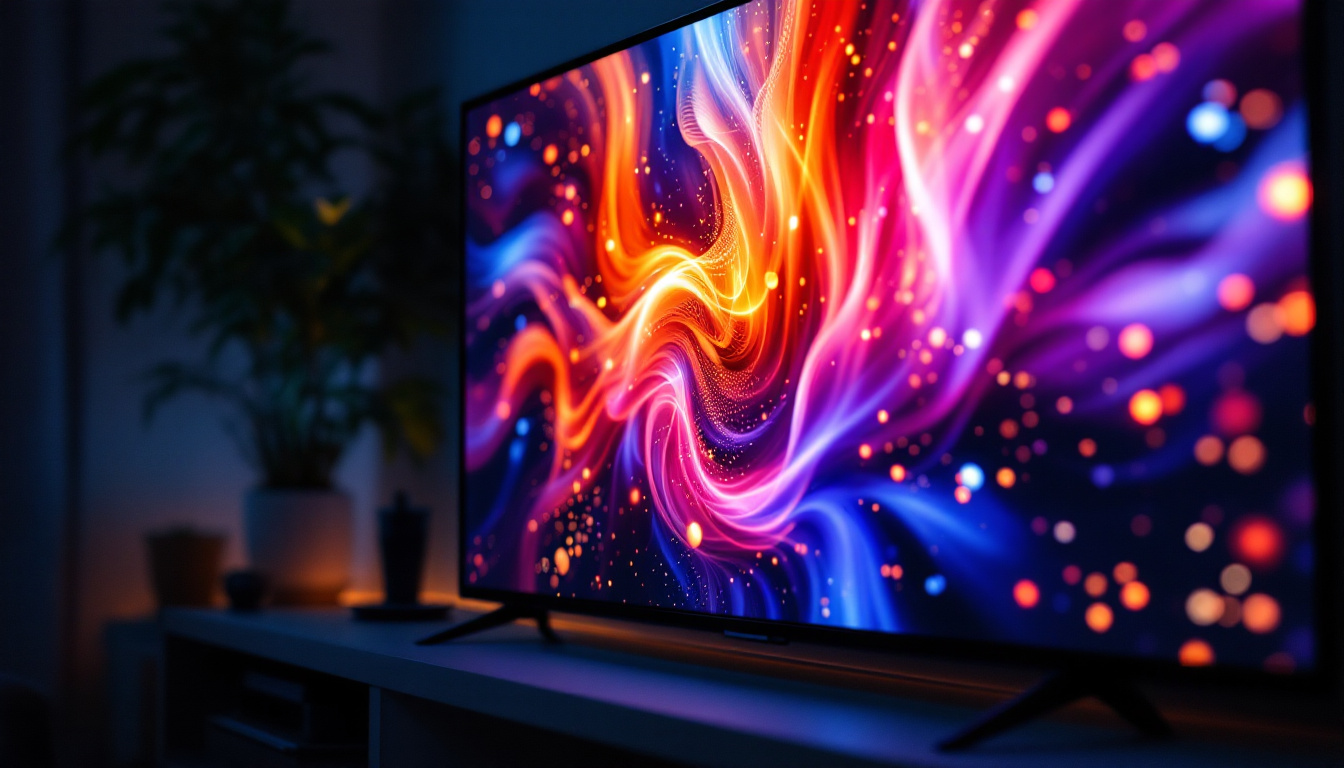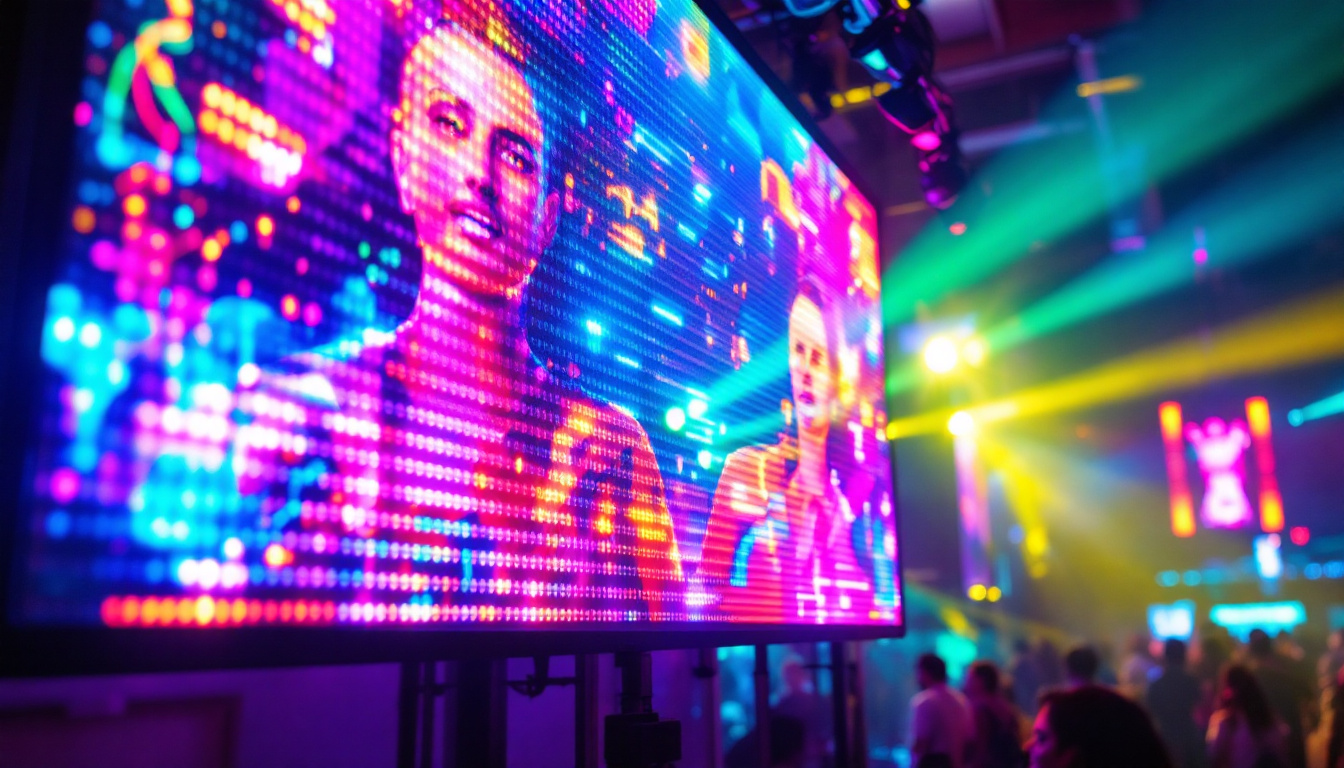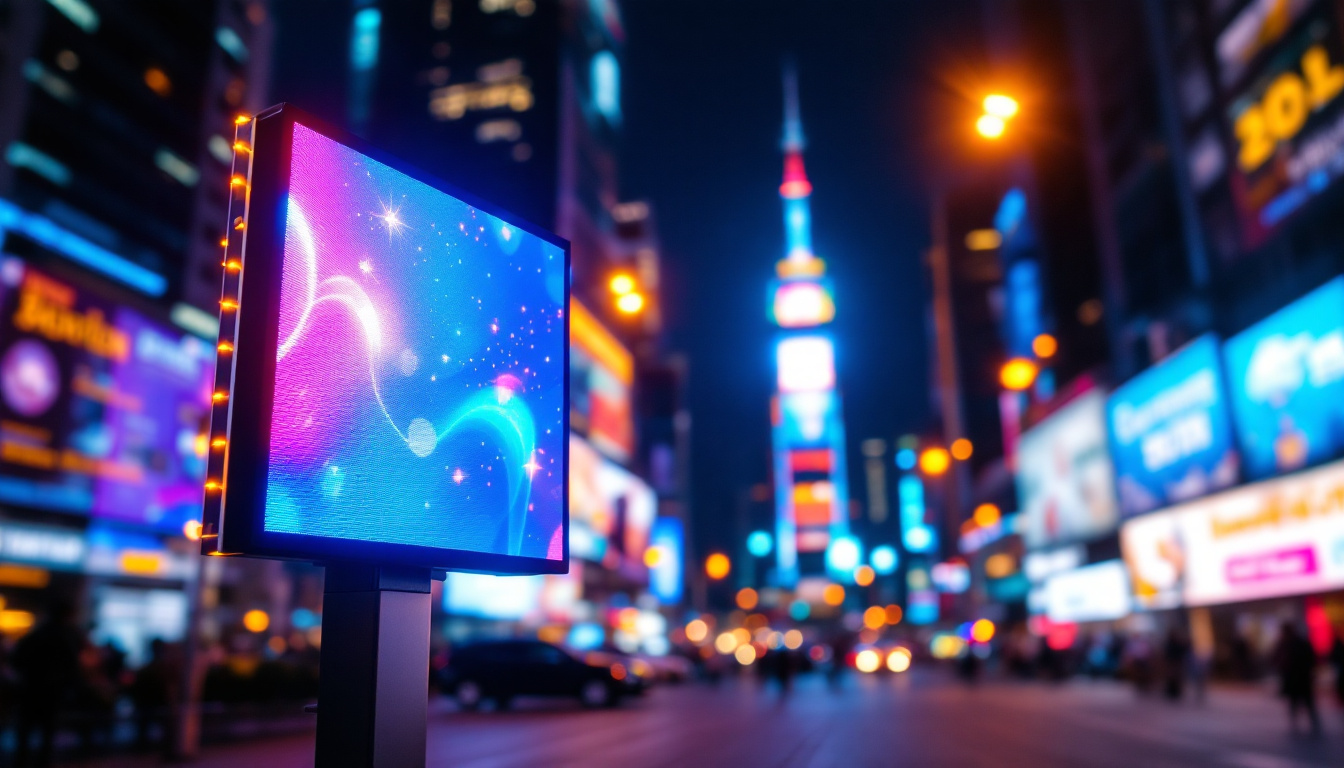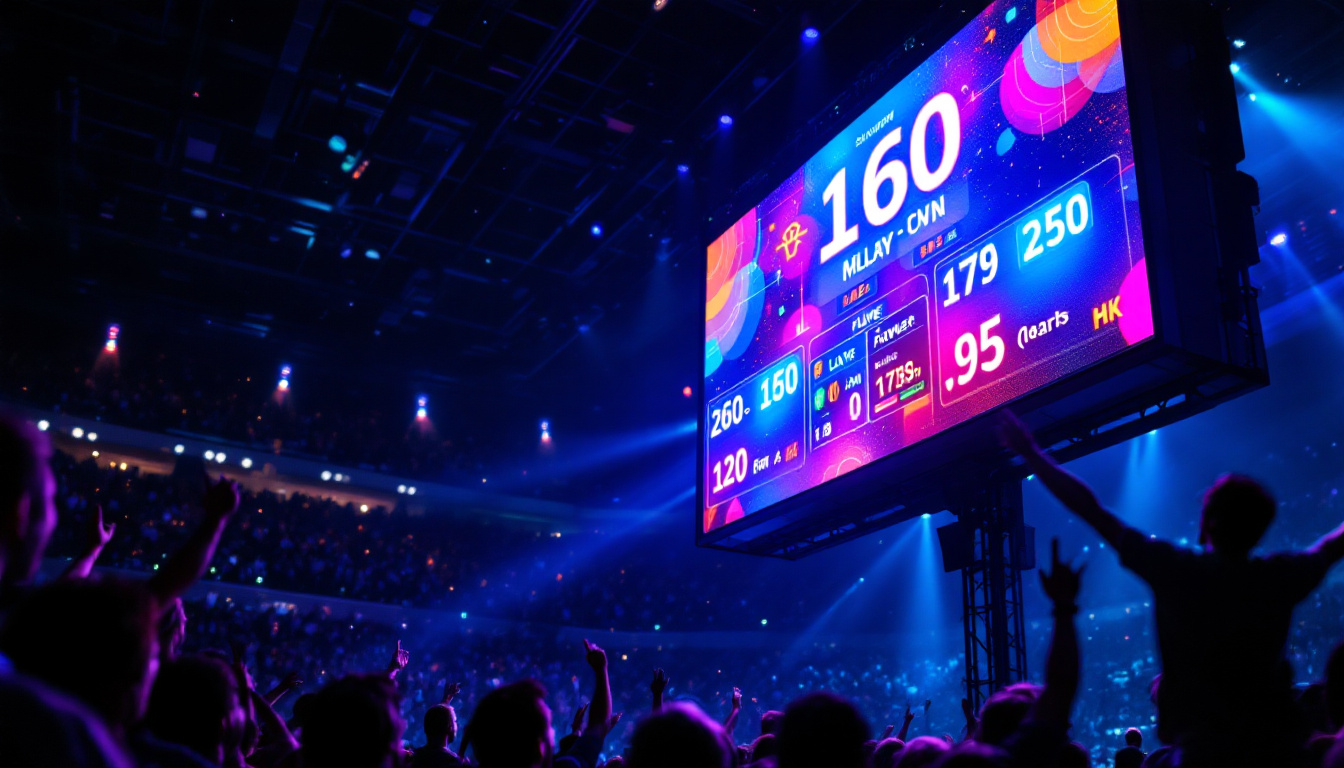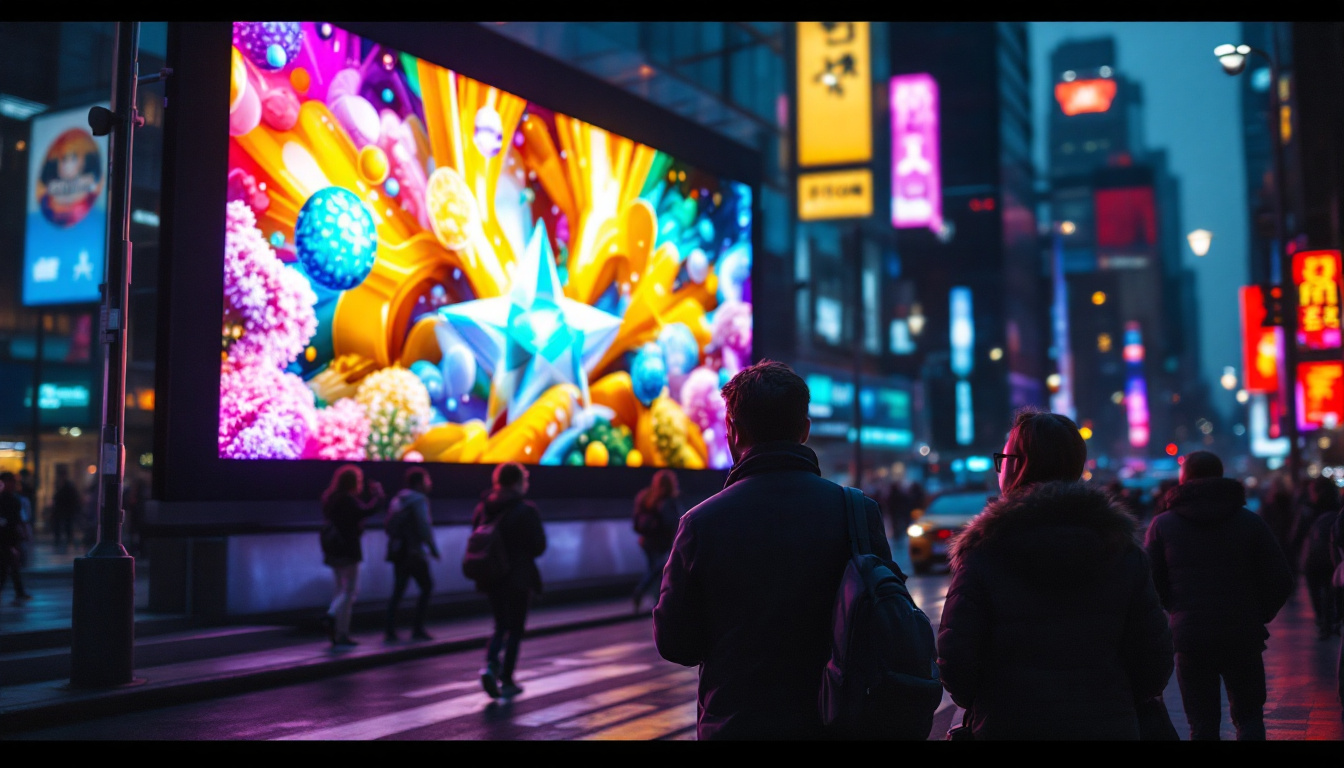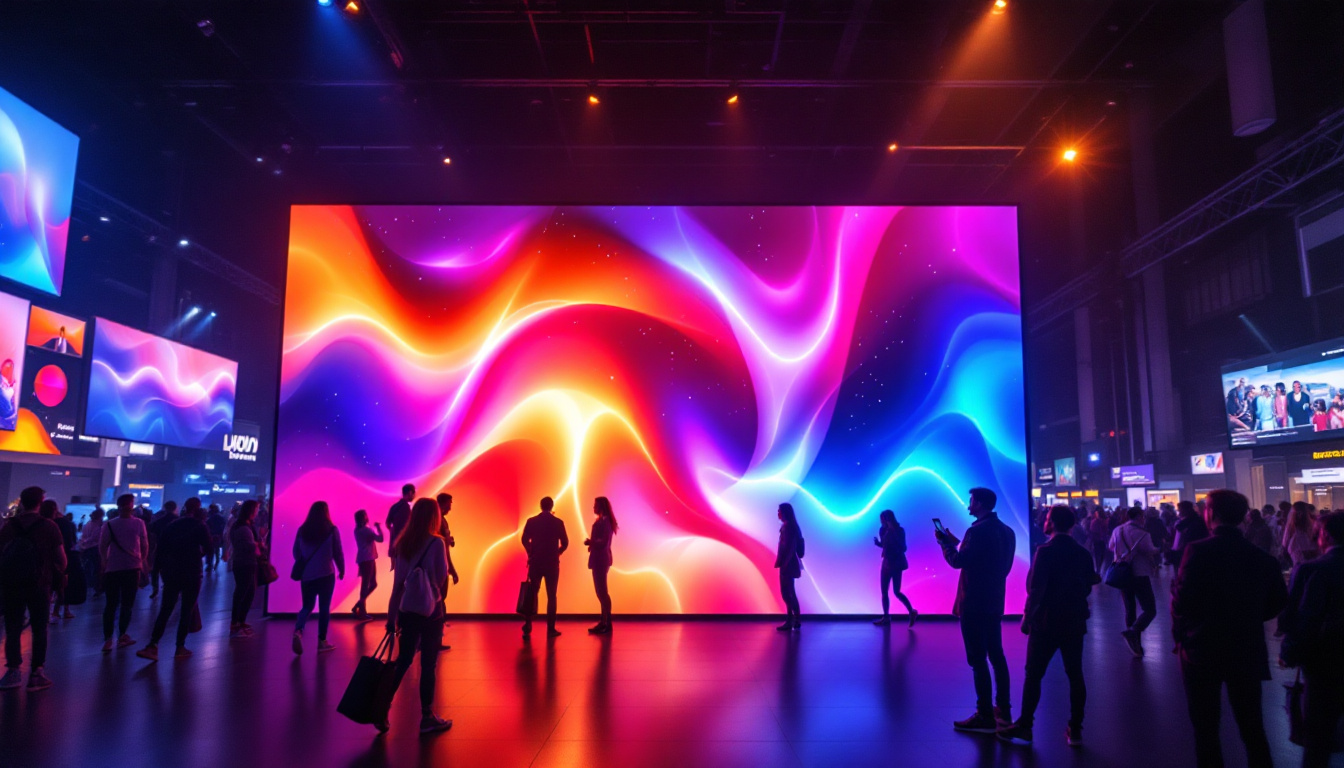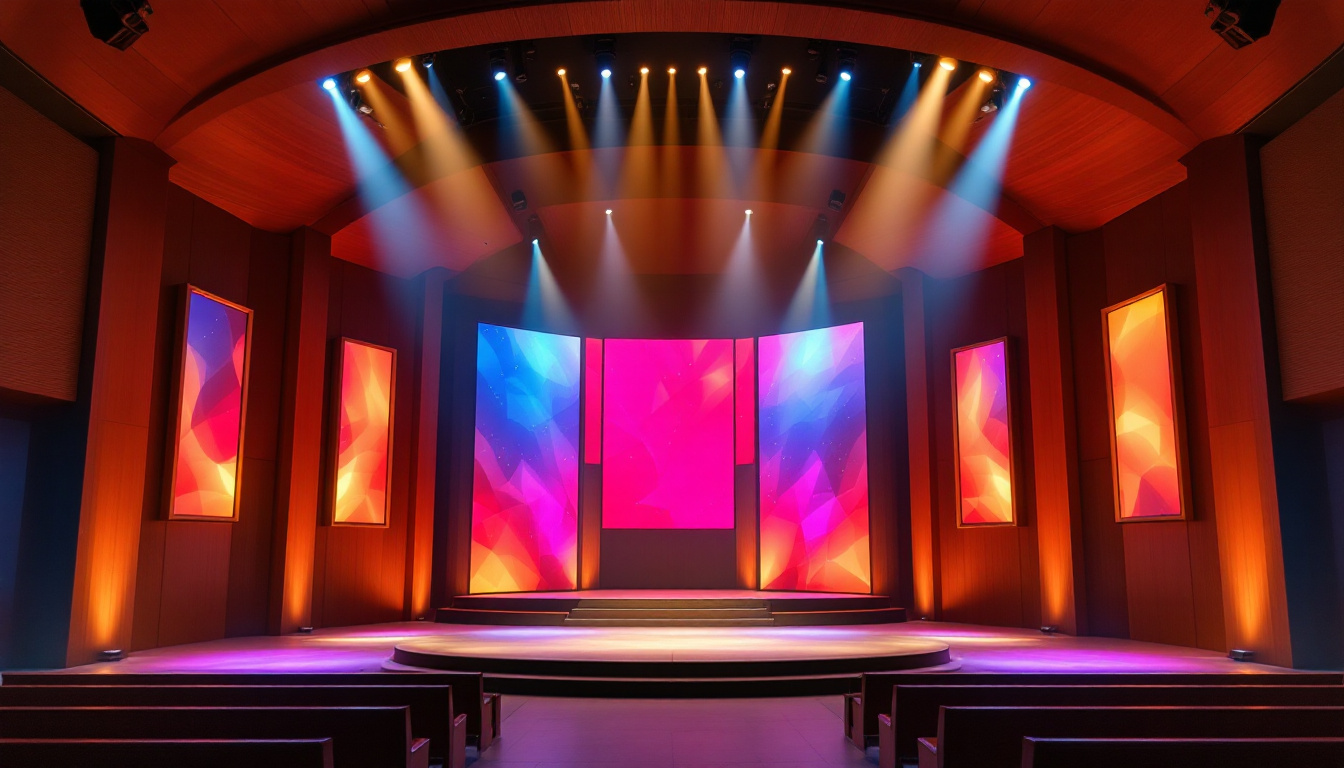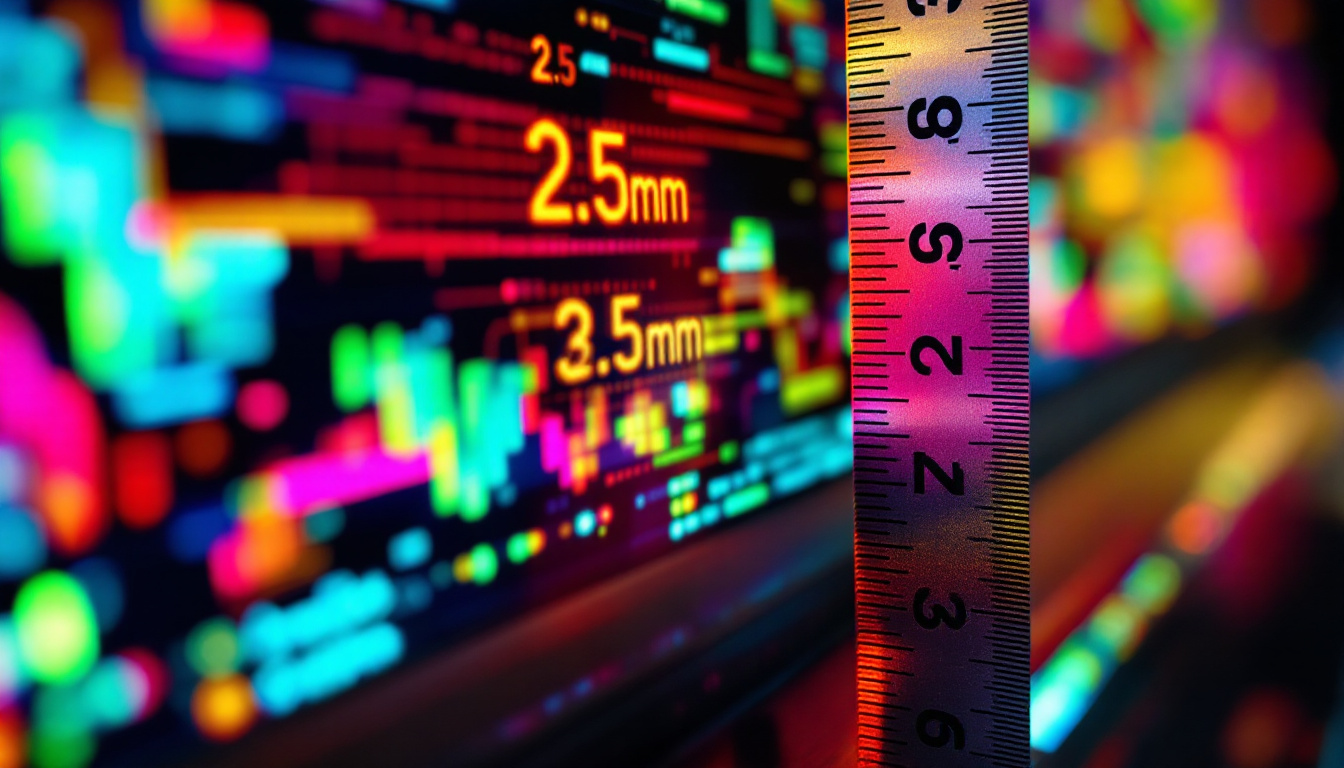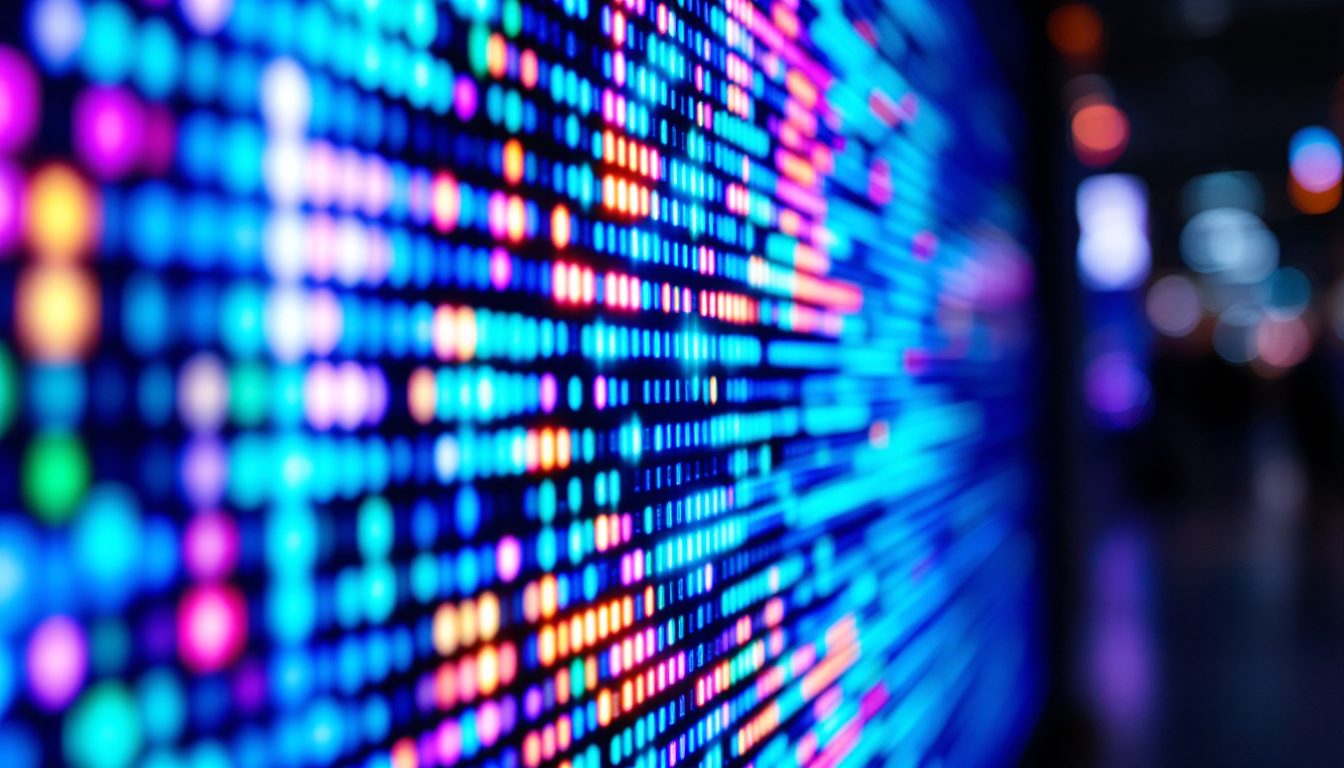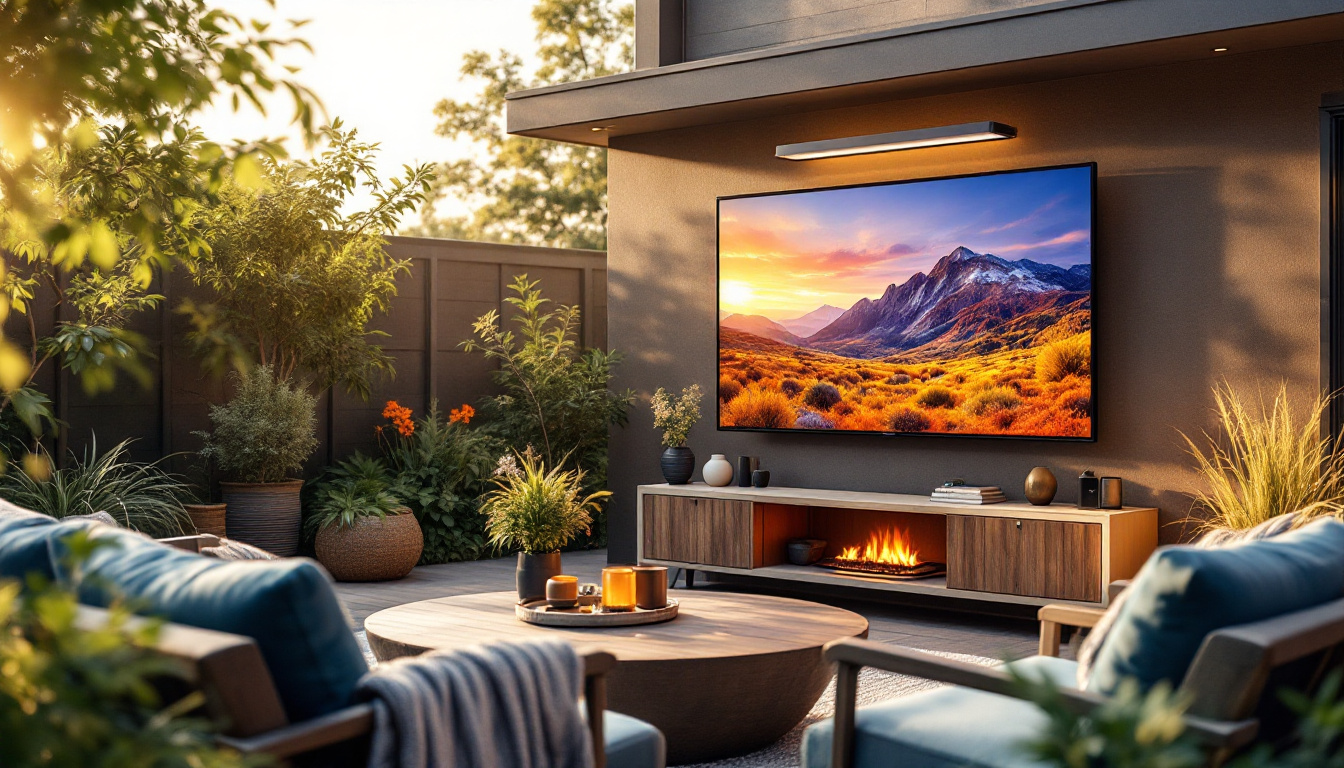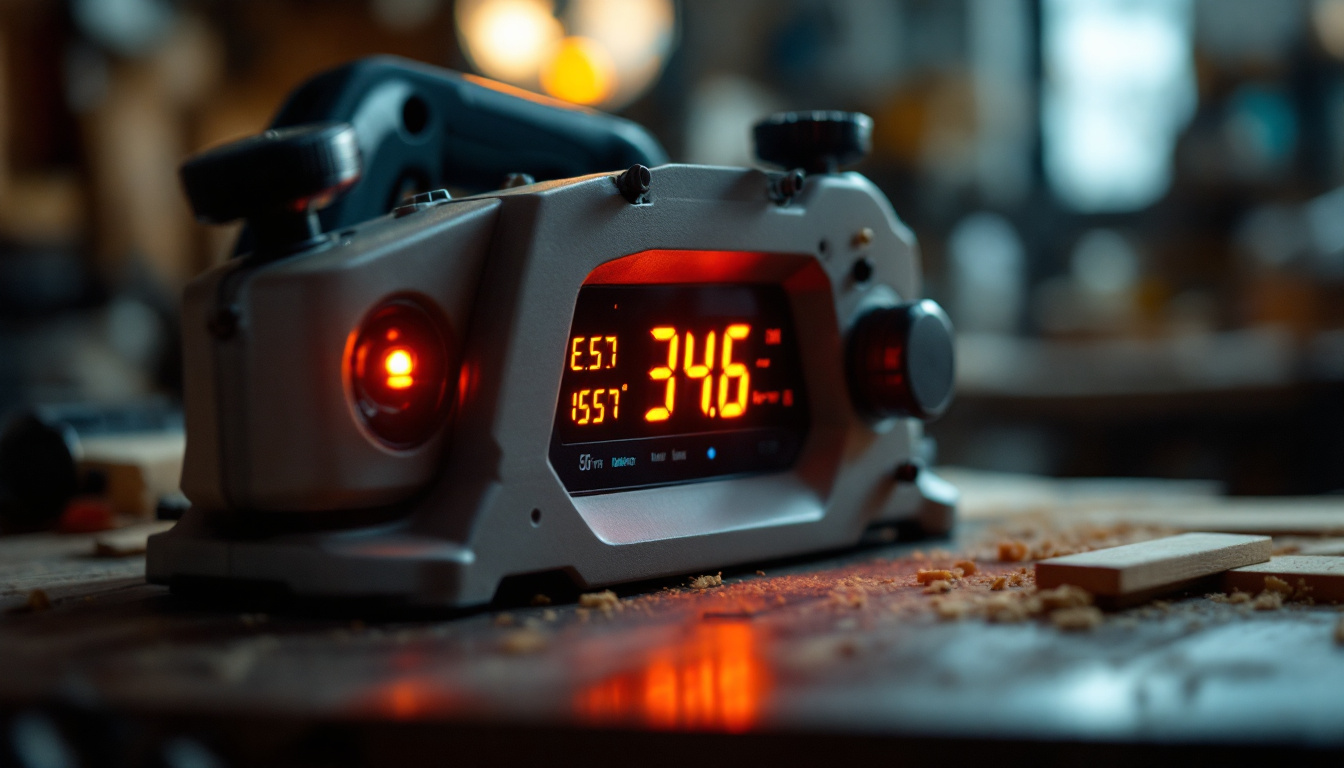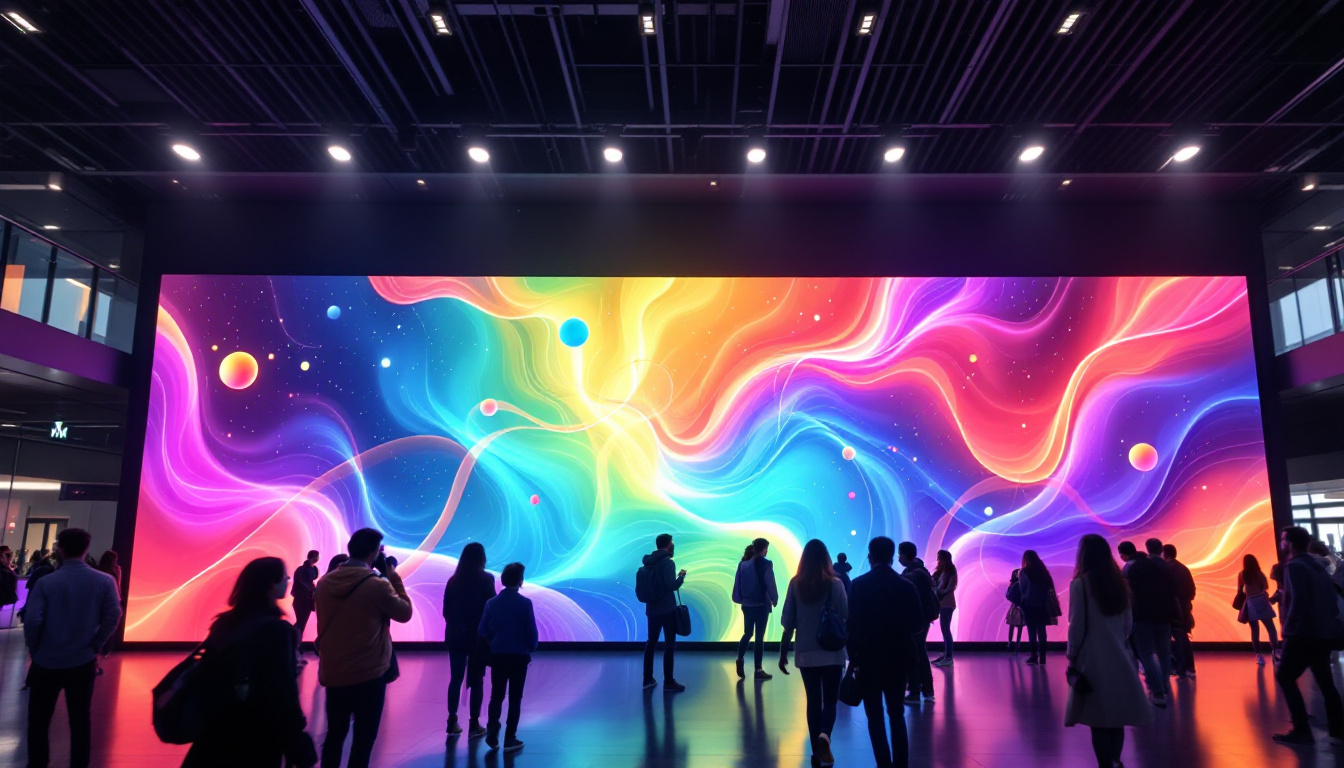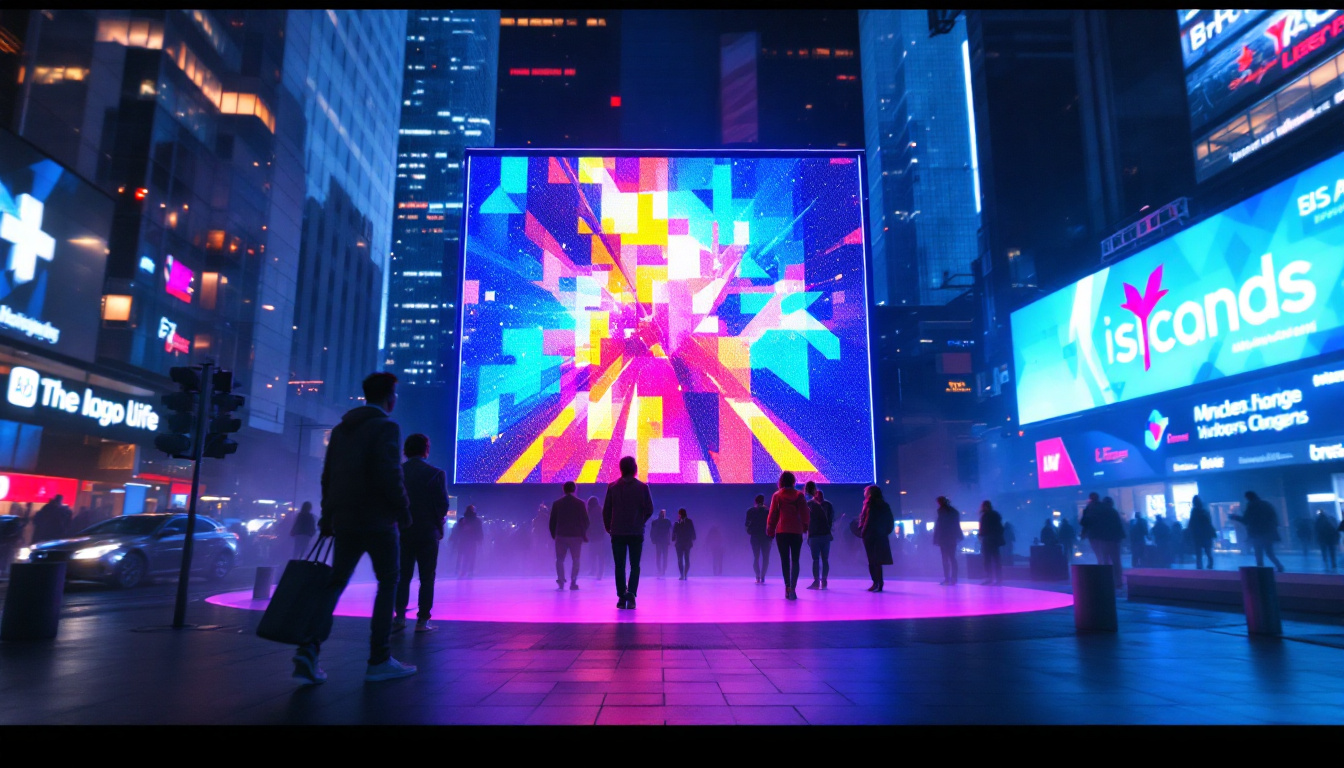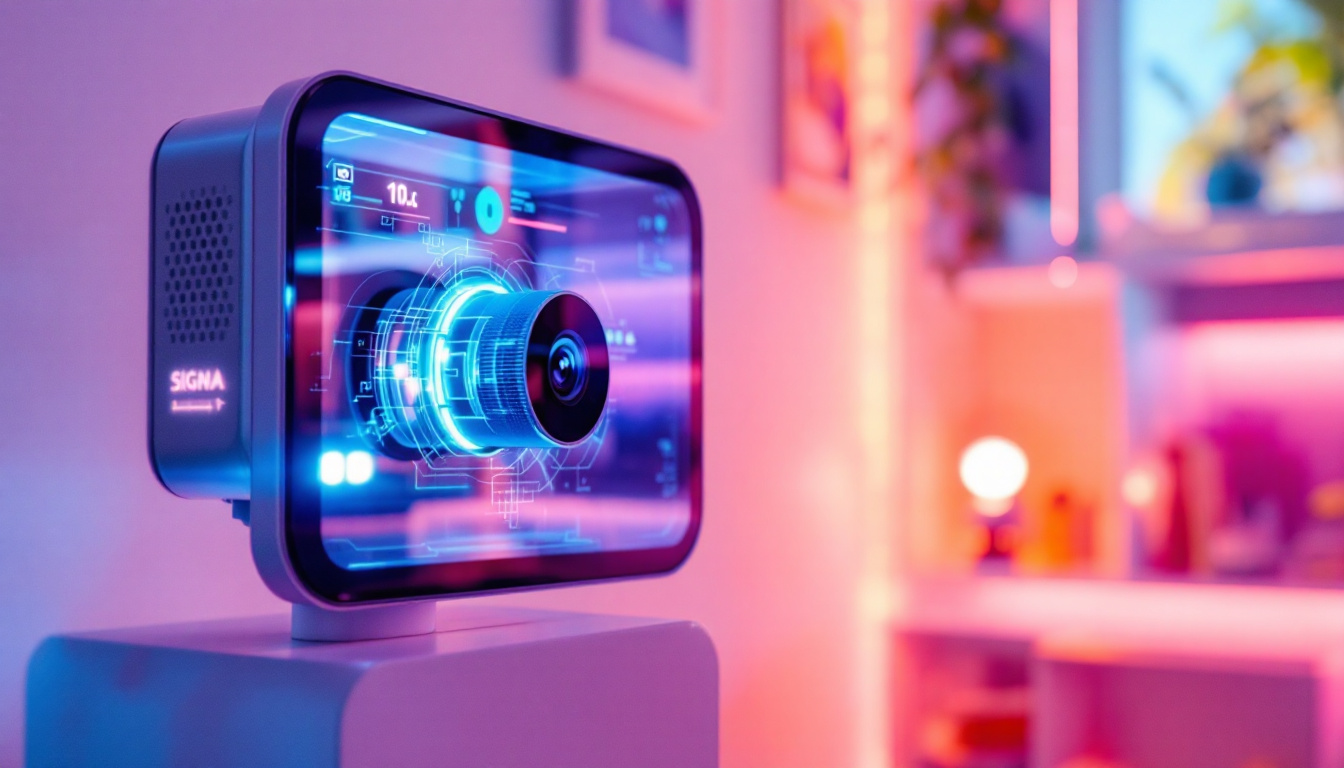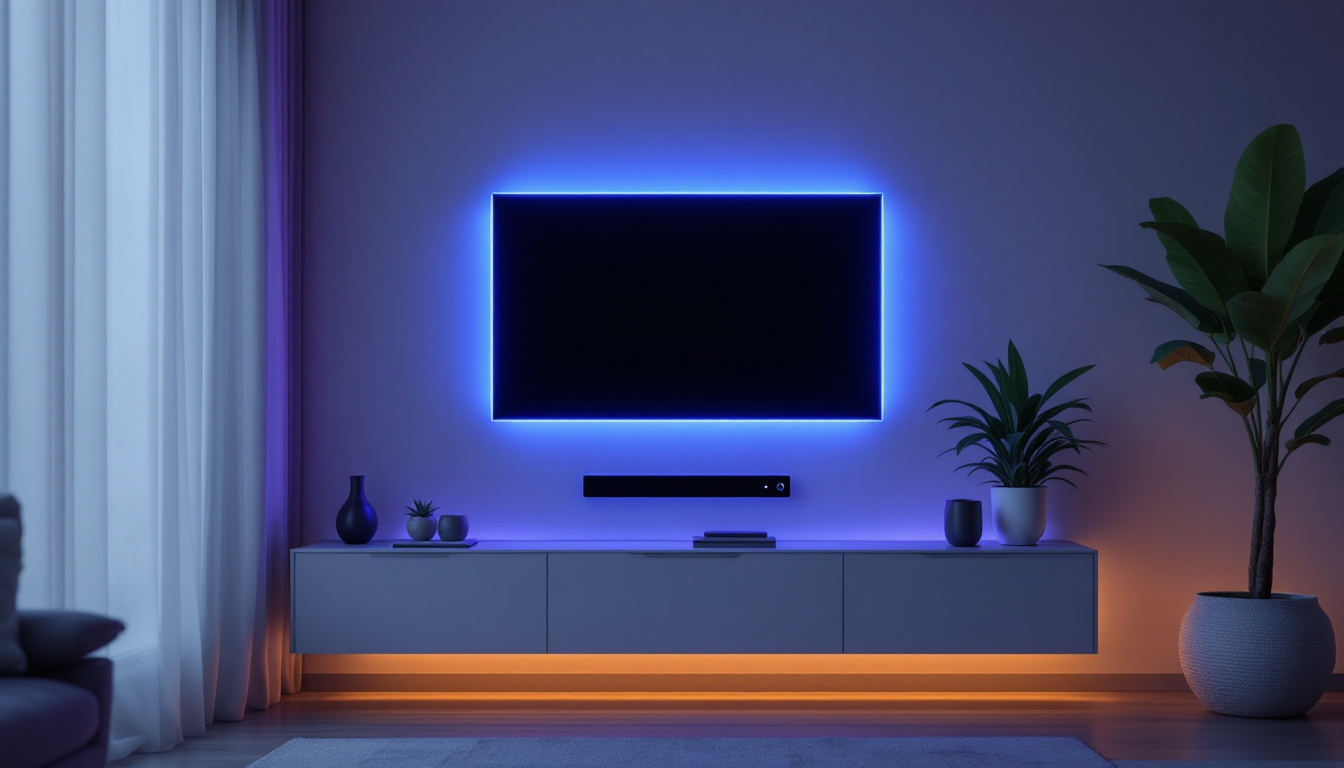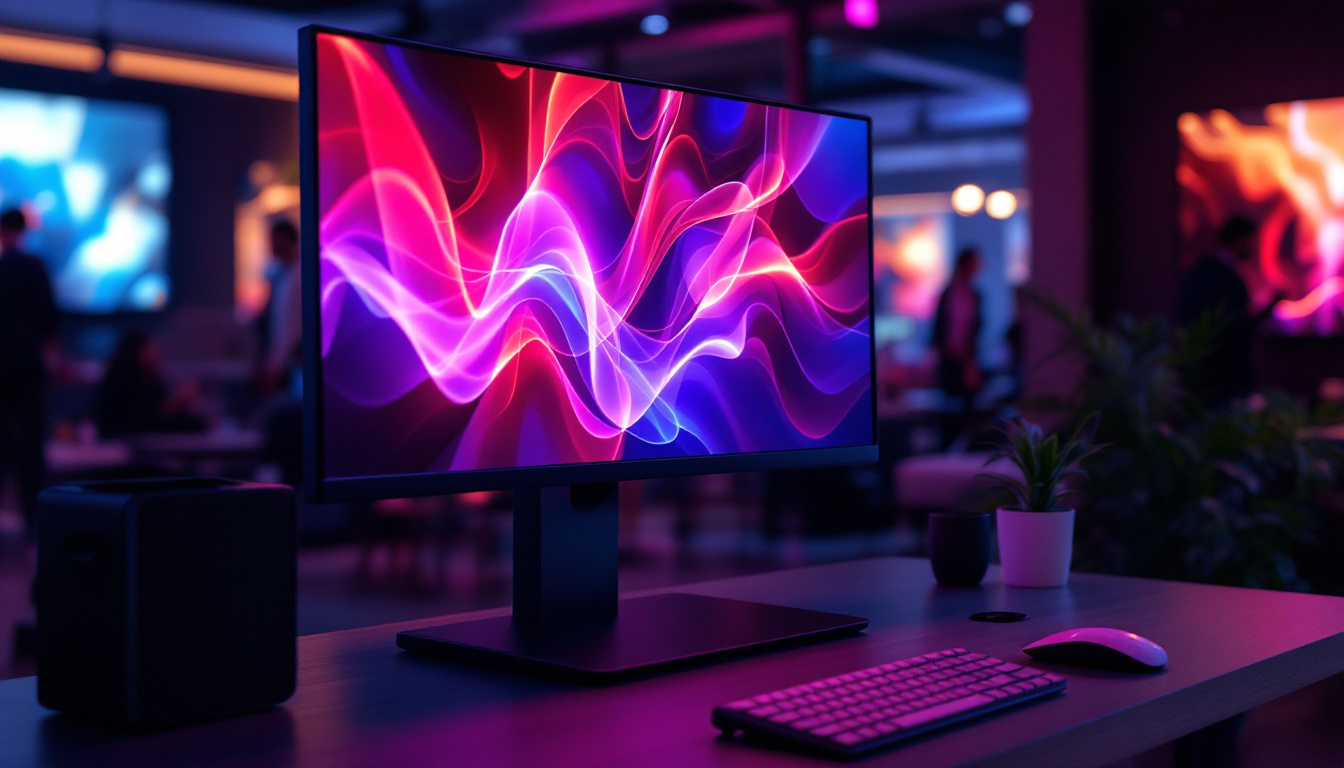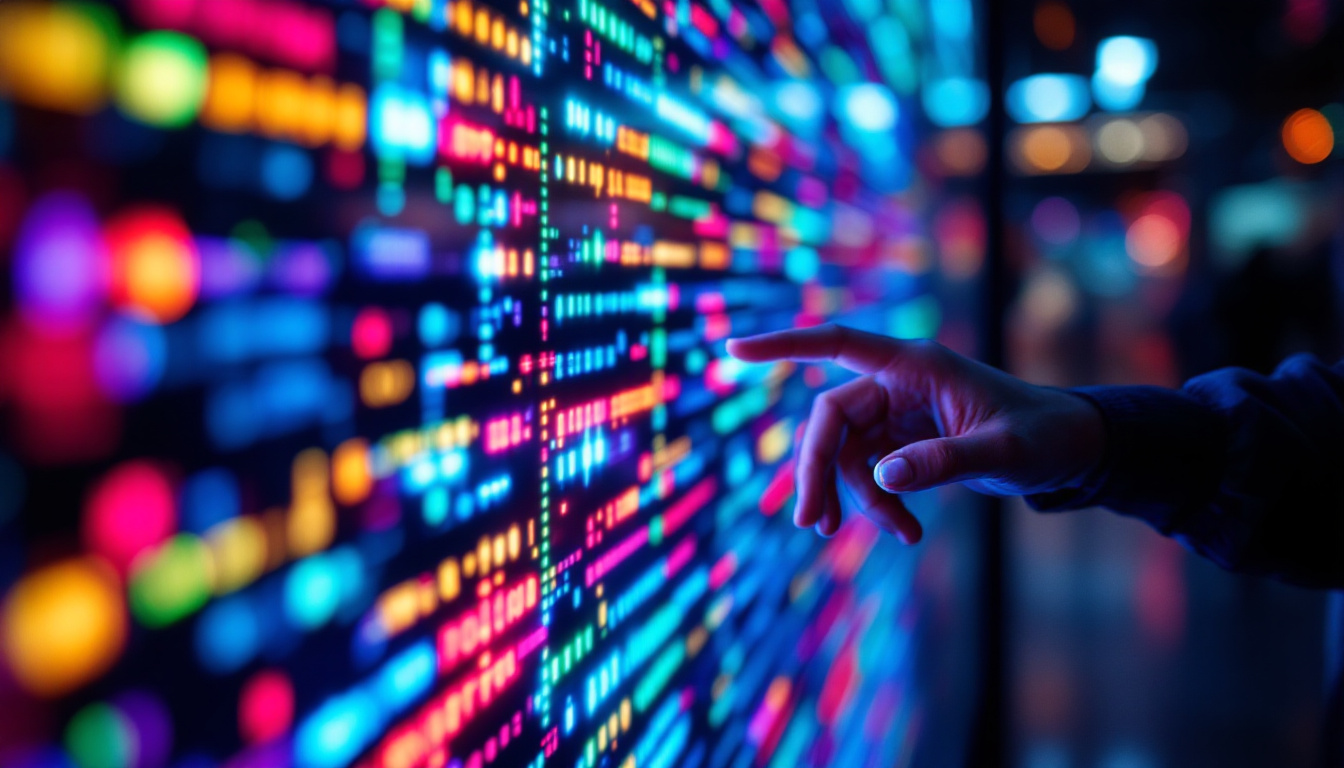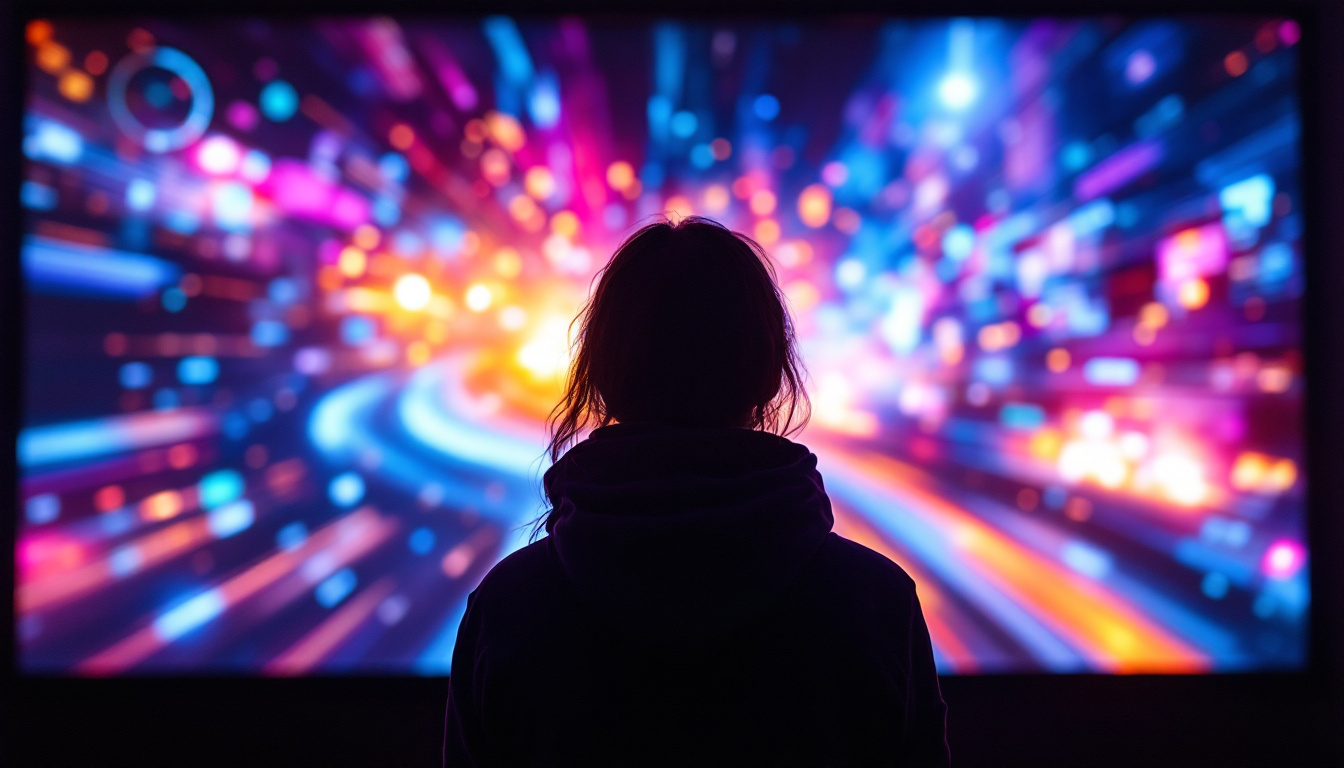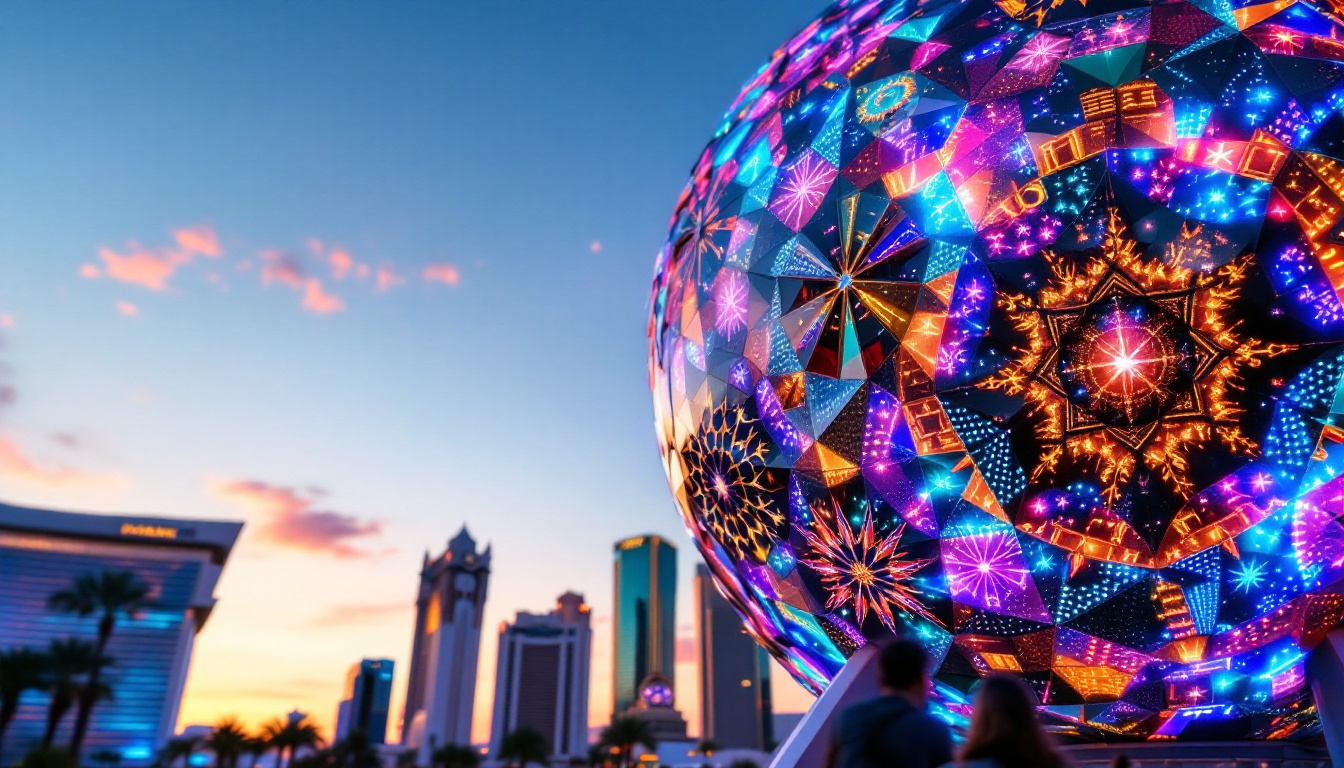In the bustling metropolis of Tokyo, where innovation meets tradition, the skyline is adorned with a myriad of digital displays that captivate the attention of locals and tourists alike. Among these, the 3D billboards stand out as a remarkable feat of technology and artistry. This article delves into the intricacies of 3D LED displays, exploring their technology, impact on advertising, and the future of visual communication.
The Technology Behind 3D LED Displays
3D LED displays utilize advanced technology to create stunning visual effects that appear to leap off the screen. Unlike traditional 2D displays, these screens employ a combination of depth perception, light manipulation, and high-resolution imagery to create a three-dimensional experience.
Understanding the Basics of LED Technology
LED, or Light Emitting Diode, technology forms the backbone of modern digital displays. LEDs are semiconductor devices that emit light when an electric current passes through them. The use of LEDs in displays offers several advantages, including energy efficiency, longevity, and the ability to produce bright, vibrant colors.
In 3D displays, multiple layers of LEDs are often used to create depth. By adjusting the intensity and color of individual LEDs, designers can simulate shadows and highlights, contributing to the illusion of three dimensions. This technology allows for the creation of images that can be viewed from different angles, enhancing the immersive experience. Furthermore, advancements in LED technology, such as Quantum Dot LEDs, have pushed the boundaries of color accuracy and brightness, making 3D visuals even more lifelike and engaging.
How 3D Effects Are Achieved
The magic of 3D displays lies in their ability to manipulate light and perspective. Techniques such as stereoscopy and parallax scrolling play crucial roles in achieving the desired effects. Stereoscopy involves presenting two slightly different images to each eye, creating the illusion of depth. Parallax scrolling, on the other hand, involves moving different layers of images at varying speeds to enhance the perception of depth.
Additionally, some 3D displays employ holographic technology, which uses interference patterns to create images that appear to float in space. This cutting-edge approach adds another layer of complexity and visual intrigue to the advertising landscape. The integration of augmented reality (AR) with 3D LED displays is also gaining traction, allowing users to interact with digital elements in real-time, further blurring the lines between the virtual and physical worlds. As a result, industries ranging from entertainment to education are exploring innovative ways to utilize these technologies, transforming how information is presented and experienced.
The Impact of 3D Billboards on Advertising
3D billboards have revolutionized the advertising industry, providing brands with a dynamic platform to engage consumers. The visual impact of these displays can significantly enhance brand visibility and recall, making them an attractive option for advertisers.
Captivating Audiences
In a world saturated with advertisements, capturing the attention of potential customers is more challenging than ever. 3D billboards, with their eye-catching visuals and immersive experiences, stand out in crowded urban environments. The ability to create an illusion of depth draws viewers in, making them more likely to engage with the content.
Moreover, the novelty of 3D displays often leads to increased social media sharing. When people encounter a striking 3D billboard, they are more inclined to take photos and share them online, amplifying the reach of the advertisement beyond its physical location. This organic sharing can create a viral effect, where a single billboard can reach thousands, if not millions, of potential customers through social media platforms, thereby enhancing brand awareness and engagement.
Enhancing Brand Storytelling
3D billboards provide brands with a unique opportunity to tell their stories in a more engaging way. Traditional advertisements often rely on static images or videos, but 3D displays can create interactive narratives that unfold in real-time. This storytelling approach allows brands to connect with their audience on a deeper level, fostering emotional engagement.
For instance, a car manufacturer might use a 3D billboard to showcase the features of a new vehicle by simulating a driving experience. Viewers can see the car in action, creating a memorable impression that resonates long after they leave the area. Additionally, the use of augmented reality (AR) features can further enhance this experience, allowing passersby to interact with the billboard through their smartphones. By scanning the display, they could unlock exclusive content, such as virtual test drives or behind-the-scenes footage, which not only captivates their attention but also encourages them to explore the brand further.
Furthermore, the integration of sound and motion into 3D billboards can elevate the storytelling experience even more. Imagine a billboard that not only displays a stunning visual but also plays a captivating soundtrack or sound effects that complement the imagery. This multisensory approach can create a more immersive environment, making the advertisement not just something to look at, but an experience to be felt. As brands continue to innovate in this space, the potential for 3D billboards to transform advertising narratives is boundless, paving the way for more creative and impactful marketing strategies.
Notable Examples of 3D Billboards in Tokyo
Tokyo is home to some of the most iconic 3D billboards in the world. These displays not only serve as advertising platforms but also as landmarks that contribute to the city’s vibrant culture.
The Shibuya Scramble Crossing Display
One of the most famous 3D billboards is located at the Shibuya Scramble Crossing, a bustling intersection known for its high foot traffic. This massive display features a variety of advertisements, often incorporating 3D elements that mesmerize passersby. The combination of vibrant colors and dynamic animations creates an unforgettable visual experience.
Brands leverage this prime advertising space to launch innovative campaigns, often using augmented reality features that allow viewers to interact with the display through their smartphones. This integration of technology enhances the overall experience, making it more memorable.
The Ginza District’s Interactive Displays
In the upscale Ginza district, several 3D billboards have taken advertising to new heights. These displays often feature luxury brands that utilize high-quality visuals to convey sophistication and elegance. The use of 3D effects in this context not only captures attention but also aligns with the brand’s image.
Some displays even incorporate real-time data, such as weather updates or social media feeds, to create a dynamic interaction with the audience. This level of engagement transforms passive viewers into active participants, enhancing the effectiveness of the advertising campaign.
The Future of 3D Billboards
As technology continues to evolve, the future of 3D billboards looks promising. Innovations in display technology, combined with advancements in artificial intelligence and augmented reality, are set to redefine the advertising landscape.
Integration with Augmented Reality
Augmented reality (AR) is poised to play a significant role in the future of 3D billboards. By integrating AR technology, advertisers can create interactive experiences that allow viewers to engage with the content in real-time. For example, a viewer could use their smartphone to see additional information about a product or even visualize how it would look in their own environment.
This level of interactivity not only enhances engagement but also provides valuable data for advertisers. By tracking user interactions with AR features, brands can gain insights into consumer behavior and preferences, allowing for more targeted marketing strategies.
Advancements in Display Technology
As display technology continues to advance, the resolution and quality of 3D billboards are expected to improve significantly. Future displays may utilize microLED technology, which offers higher brightness, better color accuracy, and lower power consumption compared to traditional LED displays.
Moreover, the development of flexible and transparent displays could lead to new creative possibilities for advertisers. Imagine a 3D billboard that seamlessly integrates with its surroundings, creating a harmonious blend of digital and physical environments.
Challenges and Considerations
While the potential of 3D billboards is immense, there are challenges that advertisers and city planners must consider. Issues such as visual clutter, regulatory compliance, and the environmental impact of large displays need to be addressed to ensure that these innovations benefit both businesses and communities.
Visual Clutter and Urban Aesthetics
As more 3D billboards emerge in urban areas, concerns about visual clutter become increasingly relevant. In cities like Tokyo, where the skyline is already filled with advertisements, striking a balance between effective advertising and urban aesthetics is crucial. City planners and advertisers must collaborate to create guidelines that ensure displays enhance rather than detract from the urban landscape.
Moreover, community input is essential in this process. Engaging with local residents and stakeholders can help identify preferences and concerns, leading to more thoughtful and inclusive advertising strategies.
Environmental Considerations
Another critical consideration is the environmental impact of large-scale LED displays. While LEDs are generally more energy-efficient than traditional lighting, the production and disposal of electronic components can pose environmental challenges. Advertisers should prioritize sustainable practices, such as using recyclable materials and minimizing energy consumption, to mitigate their ecological footprint.
Conclusion
Tokyo’s 3D billboards represent a fascinating intersection of technology, creativity, and marketing. As these displays continue to evolve, they offer brands unparalleled opportunities to engage with audiences in innovative ways. However, it is essential for advertisers and city planners to navigate the challenges associated with visual clutter and environmental impact to ensure that these advancements contribute positively to urban life.
As technology progresses, the future of 3D billboards promises to be even more exciting. The integration of augmented reality, advancements in display technology, and a focus on sustainability will shape the next generation of advertising in urban environments. Ultimately, the goal should be to create a harmonious blend of digital and physical experiences that enrich the lives of city dwellers and visitors alike.
Discover the Future of Advertising with LumenMatrix
Ready to elevate your brand’s presence in the digital age? LumenMatrix is at the forefront of LED display technology, offering a wide array of solutions that bring your advertising to life. From Indoor and Outdoor LED Wall Displays to innovative LED Sports and Transparent Displays, our products are designed to captivate and engage your audience like never before. Embrace the revolution of visual communication with LumenMatrix and create experiences that resonate. Check out LumenMatrix LED Display Solutions today and transform the way you connect with your audience.

